Seed (and Re-Seeding) Copepods in the Marine Aquarium
It’s understandable—totally natural, even—to want to see what we’re buying when we are trying to seed copepods. In the case of live copepod products, however, the most important constituent (if present) cannot be clearly observed with the naked eye.
Some products might contain lots of visible pods. Lots of BIG pods, perhaps. On the other hand, they do not necessarily include a high density of individuals in all life stages. In other words, the smaller, early-stage individuals (i.e. nauplii) have been excluded (perhaps due to the use of large-mesh size harvesting screens).
So, you might ask: Are big pods bad? What’s the real difference here?
Desirable Prey
Adding adult copepods to an aquarium system is always a good thing. The adults of benthic species immediately begin scouring the tank of detritus and nuisance algae. They serve as a critical, ready food source for many picky eaters. And, if conditions warrant, they might establish a large, stable and permanent population (i.e. seed) right there in the aquarium system!
[Copepods]
But one little thing about large copepods: They are irresistible to many, many small reef fishes. In fact, pods make up a good part of these species’ diets in the wild. Caught out in the open, they truly make fine targets. When a package of live pods first gets added to a tank full of reef fish, they get hit hard.
Without a doubt, copepods are a supremely nutritious food item; they are packed with enough minerals, amino acids, fatty acids, etc. to support metabolism, growth, coloration and reproduction in most captive species. It is absolutely good for your fish to eat some of these pods. Fish feeding is indeed one reason to add pods to your tank in the first place. The problem is, their status as a superfood can be a huge liability when being introduced into a new system; predation might be so intense that ultimately few or no survivors remain to properly initiate the seeding process. You might dump what looks to the eye to be a huge amount of pods to your reef, only to see the population rapidly dwindle to nothing.
Sneaking In: Seed Your Pods Carefully
This is but just one reason why early-stage copepods are beneficial—and why you would want them to be included in your live pod products. Because they are so minute, seed copepods which are much more likely 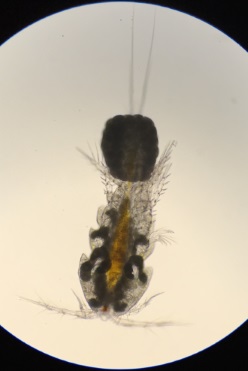 to escape a pack of hungry fish—and hence establish themselves in the tank. When relying on products that contain only adult pods, the aquarist must wait for any eggs (on any surviving females) to hatch and grow nearly through the entire life cycle before reproducing. Hence, it can take a long time to initiate the seeding process compared to a premium mixed-life stage product such as 5280 Pods.
to escape a pack of hungry fish—and hence establish themselves in the tank. When relying on products that contain only adult pods, the aquarist must wait for any eggs (on any surviving females) to hatch and grow nearly through the entire life cycle before reproducing. Hence, it can take a long time to initiate the seeding process compared to a premium mixed-life stage product such as 5280 Pods.
It’s also true that filter-feeding zooplanktivores (e.g. corals) might devour many of the nauplii that would be present in a mixed-life stage product. And as big pods are to fish, little (that is, young
) pods are an excellent food for these invertebrates. One should definitely want to feed your corals some of these pods. If (and only if) a large number of young individuals are added, there will be a reasonable chance that some large number of them will evade capture by filter-feeders and even live to see adulthood.
Most harpacticoid copepods (e.g. Tisbe) are benthic as adults; still, they are also mainly planktonic in the earliest stages of their lives. Settlement onto a substrate is the big milestone in the life of a harpacticoid copepod. Since a truly mixed-life stage product would include late-naupliar individuals, benthic pod species will begin to settle onto the rock and substrate (and really any hard surface) in very short time.
Aiding and Abetting your Pods
Heavy predation of newly added pods is minimized, and therefore seeding is much more successful, if certain steps are taken during the introduction. Firstly, the seed copepods should be added to the system in the refugium. This is certainly the safest place in the system for them to hide and relax while they acclimate to the new environment. Also, they should (particularly if there is no refugium and they must be added to the main tank) be added at night and under the cover of darkness. This too will afford most pods enough time to locate shelter before being snatched by an opportunistic fish.
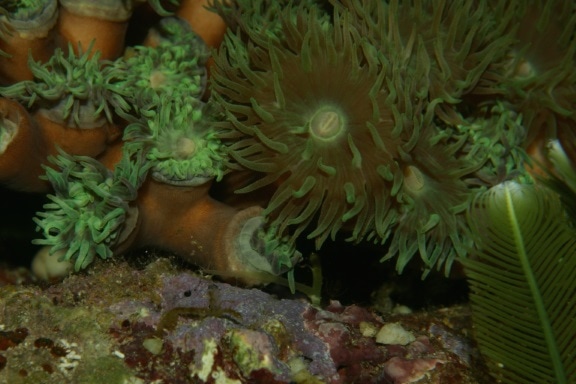
Getting your pods safely added, acclimated and established (seeding!) is only the beginning. In order to maintain big populations of pods over long periods of time, the keeper must feed them. Yes, there might be a mess of detritus in the sand bed and a huge sheet of benthic microalgae growing over the hardscape; how could they possibly need to be fed? Remember that nearly every copepod species undergoes a pelagic life stage. The predominant (and nutritionally most important) food source at this life stage is phytoplankton. Without ample quantities of free-living microalgae, survival in the midwaters is challenging for these creatures.
Thus, regular additions of high-quality live phytoplankton and bacterioplankton such as OceanMagik™ and PNS Probio™ are often necessary for more intensive pod culture.
There is certainly nothing wrong with re-seeding from time to time. This will boost the overall pod population as well as introduce novel genetics. And sure, each ensuing feast will be appreciated by your corals as well as finicky microcrustacean-eating-fishes such as mandarins. In some extreme cases, regular re-seeding might become absolutely necessary to keep up with the dietary needs (and hunting skills!) of the resident zooplanktivores.
Big Returns from Small Pods
Establishing a big, healthy pod population in the marine aquarium is not an especially difficult task. To start, one should seed copepods of all life stages (e.g. 5280 Pods). The aquarist must also be mindful to (1) introduce the starting culture to the aquarium system in such a way as to minimize pod predation and (2) provide a suitable diet for planktonic-stage individuals (e.g. OceanMagik).
All things considered, getting a steady population of pods to take hold (and stay put) can take a little bit of time and attention. But just in terms of their cleaning abilities alone, healthy pods will return the favor tenfold!
[Copepods]

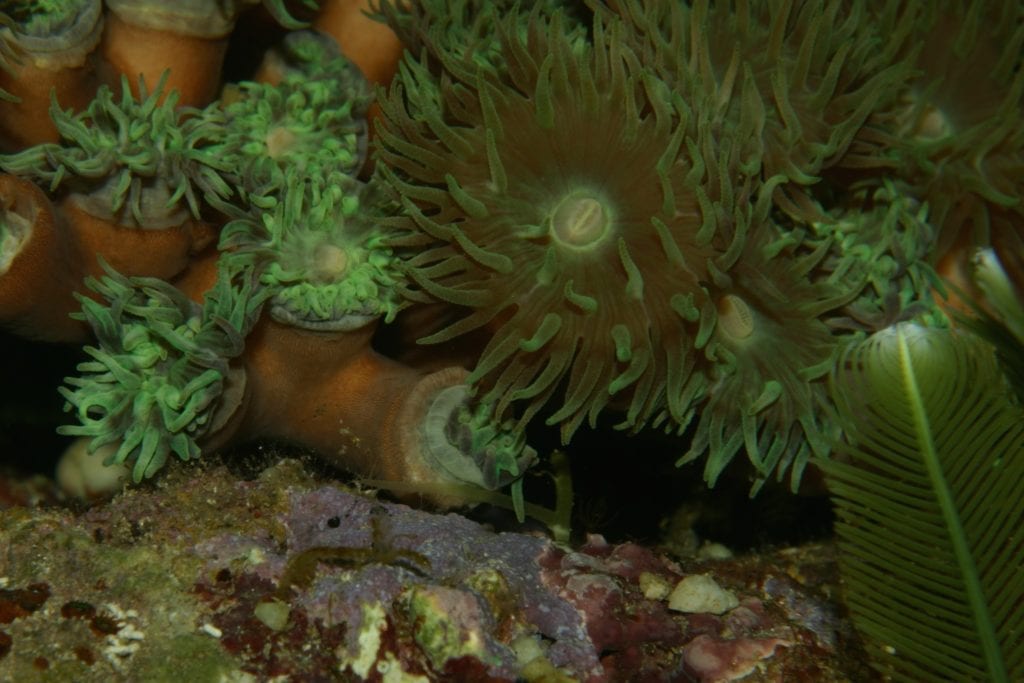

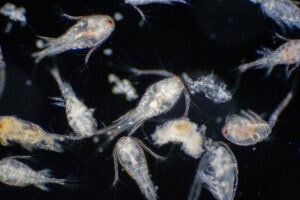
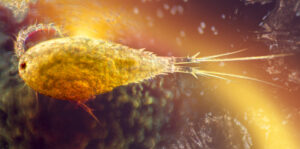

Michael Reeder says
Excellent info. I use a free standing10 gallon tank as a separate breeder for my copepods.
Ella says
I do the same thing, but with a 20g high which used to be my main display tank, so it’s very established. (I moved everybody over my 75g). I also keep a Copepod Hotel in the 20g for transfering some fellas over to the 75g to supplementally feed my mandarin. I’m glad I’m not the only one who uses a separate tank for pods! Lol
Compy Ginorio says
Did copepods need to have a light source in order to survive?
konga1 says
I am new aquarist. Concerning the refugium, I do not believe I could have done it without the thorough and detail information provided by Algae Barn. Thank you for your assistance and techings.
Luis c.
VINCENT PREZIOSO says
Should filter socks be used when you have pods in the tank? Or should use of them be discontinued so they don’t trap the pods??